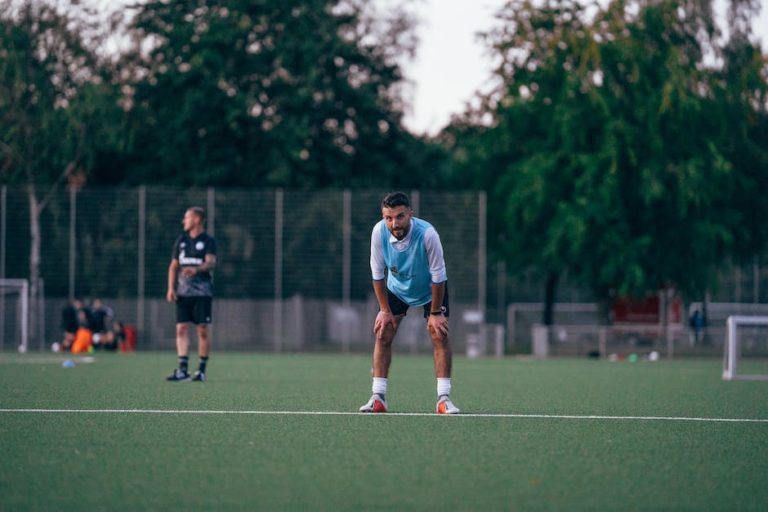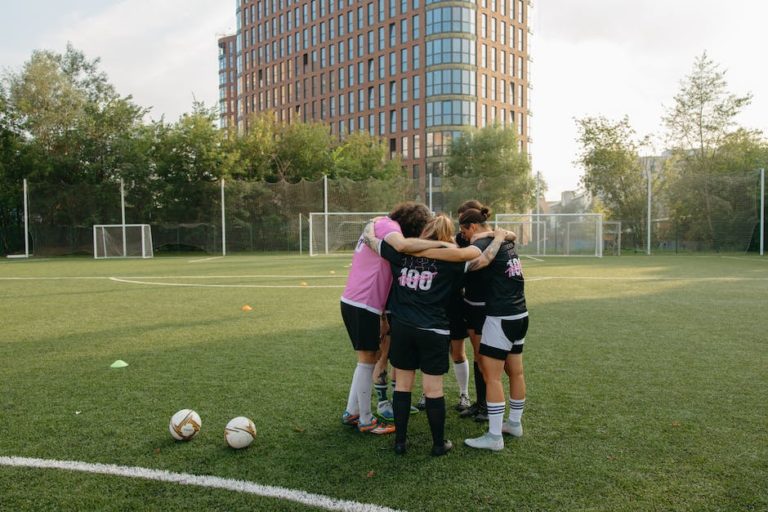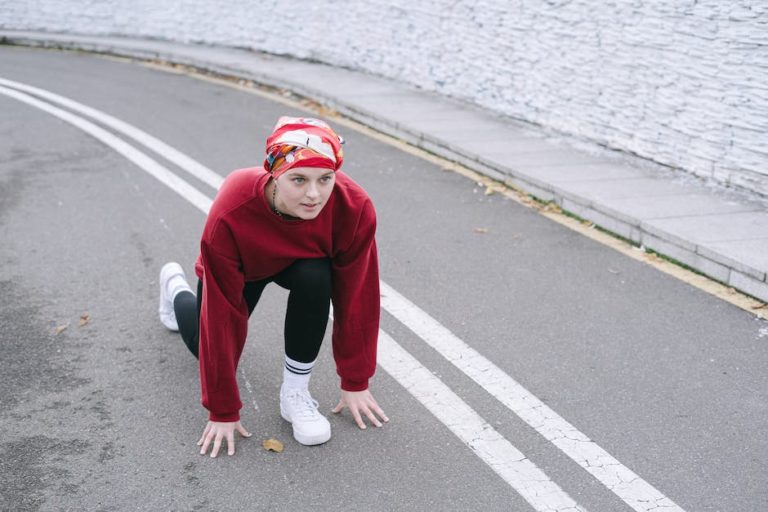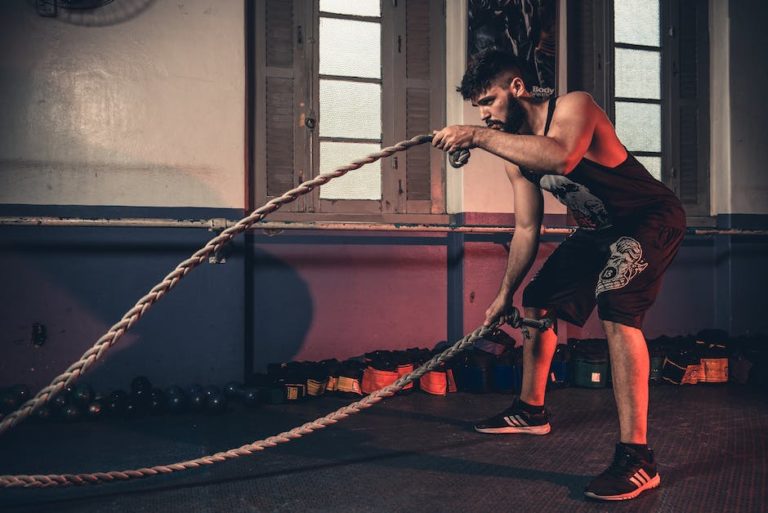How Often Should A Soccer Player Train
Playing soccer is a fun way to spend a few hours every week. There are many team and league leagues that offer teams and players a chance to show off your skills.
However, not everyone has the time to go to training every day. It is important for players to work on their skills at the training ground, as injuries can happen at any stage of practice.
Many teams have organized a short weekly practice for players to work on their skills at the club. Some teams even have organized daily practice, but it is always good to have a short one-on-one session before or after the group exercise.
The number of times you should practice depends on what level you are at the club. On some days, you should be able to get up and do some exercises right away, while other days may need more preparation.
This article will talk about how often soccer players should train and what level they should be at in order to get the most out of their workouts.
Two times per week
Most players, especially beginners, should stick to a minimum of two times per week. This is due to the complexity of play and training schedule.
Typically, players spend around 30 minutes training in advance of a match or practice. This includes getting up and walking around the practice area before taking your position on the field.
This time is called preparation or fore-play. During this time, players build their confidence on the field and in their bodies. After this time, they can increase their training frequency but due to the length of time it takes to notice an improvement in body shape and fitness, we recommend being more frequent.
This is because your body needs to repair itself after playing or working out and has to develop new muscle fibers to replace those that are destroyed during play and training. Eventually you will see results with only two sessions per week, but with more training sessions it goes faster.
Three times per week
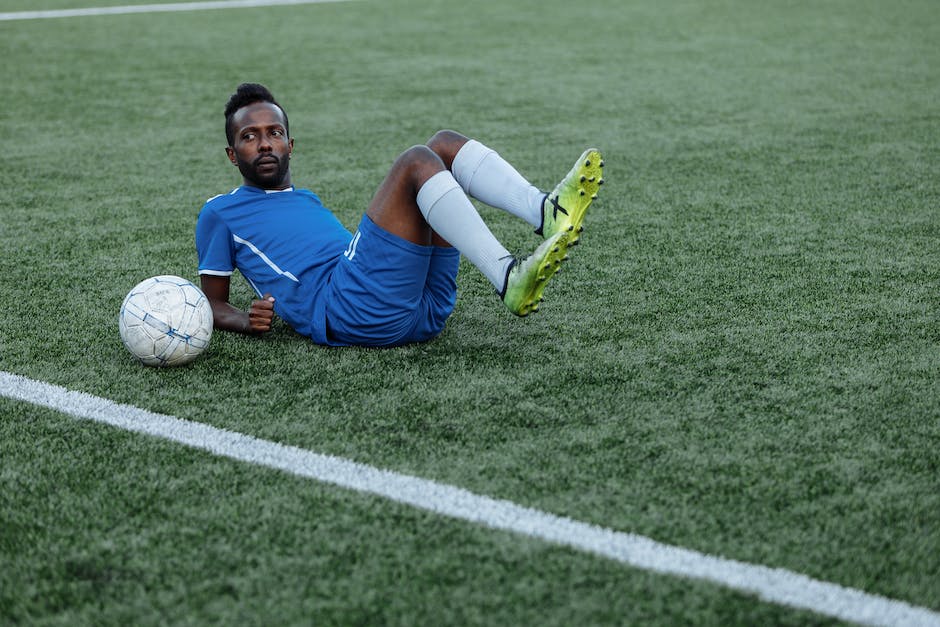
Most players start training at least once per day, but many continue to practice after only a few days off. This is a good idea to affairs such as competition or injury prevention.
It is important to continue practicing after you feel your body has healed from the last session. You want your legs and hips to be strong enough to handle the demands of training, and prolonged work on one side or the other can help achieve that.
Healing takes time, and too much time spent in practice can lead to overtraining syndrome (OTS). This can happen more often than you think, as many players are not trained regularly on an occasional basis is a given.
On the other hand, having two weeks of training followed by two weeks of rest can give players some recovery time between workouts, which is beneficial if you are looking for a full-body workout.
Training on an irregular basis is good for health in some ways, but on a daily basis it needs to be done with care.
Four times per week
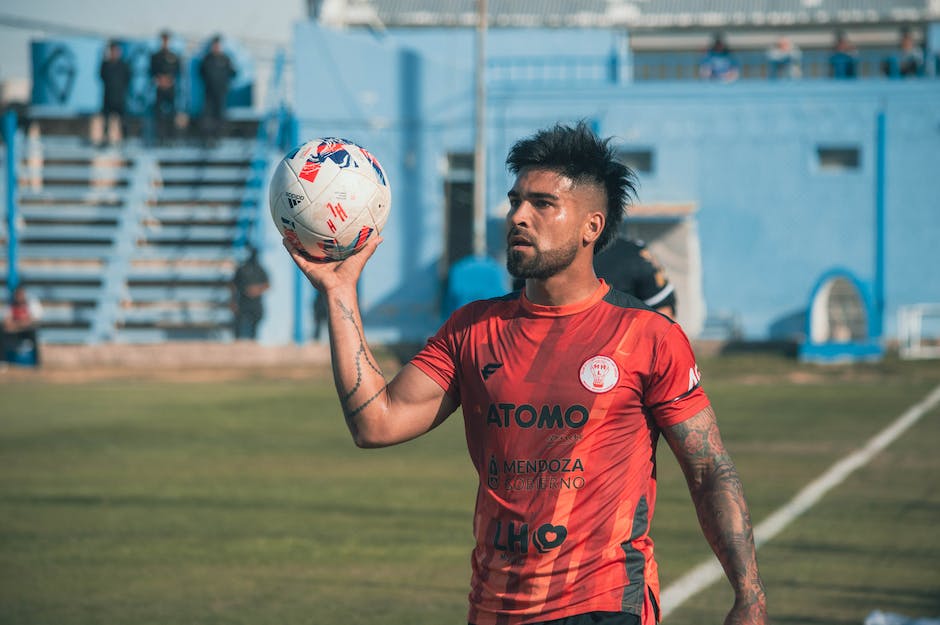
Most players in the soccer world fail to realize that there is a difference between how often you should be training and how often you should be training.
There are two distinct phases of training in soccer, rest and work. Between the two, players should be going through a process of work and rest.
Work practice is where you go to learn how to do things well. You spend time with your team practicing together on the field or in the pool or what have you. You don’t do work during play, but you do it during play because it benefits your game more than doing it at different times.
Work consists of taking a position, doing some basic movements, and then repeating for all three positions. This is called repetition and shouldn’t be done lightly. After doing this for a few rounds, it becomes easier to keep up this schedule every day.
Five times per week
Most players start their soccer training at around the middle range of proficiency. This is the point where you start to feel comfortable taking your skills to the next level and you can start playing with more confidence.
However, once a player reaches a certain level of play, they should stick to their training schedule. The more practice the better, the more matches the better.
There are many reasons to keep training throughout the season. One of the best things is building confidence and working on specific movements and actions. Your coach can also help you feel more comfortable in games as your skills get better, making continuing to train and match scheduling even more important.
Building in less time-spaces between practices and matches will help you get done in a timely manner, which is important for an athlete who feels like they need to train every day.
Six times per week
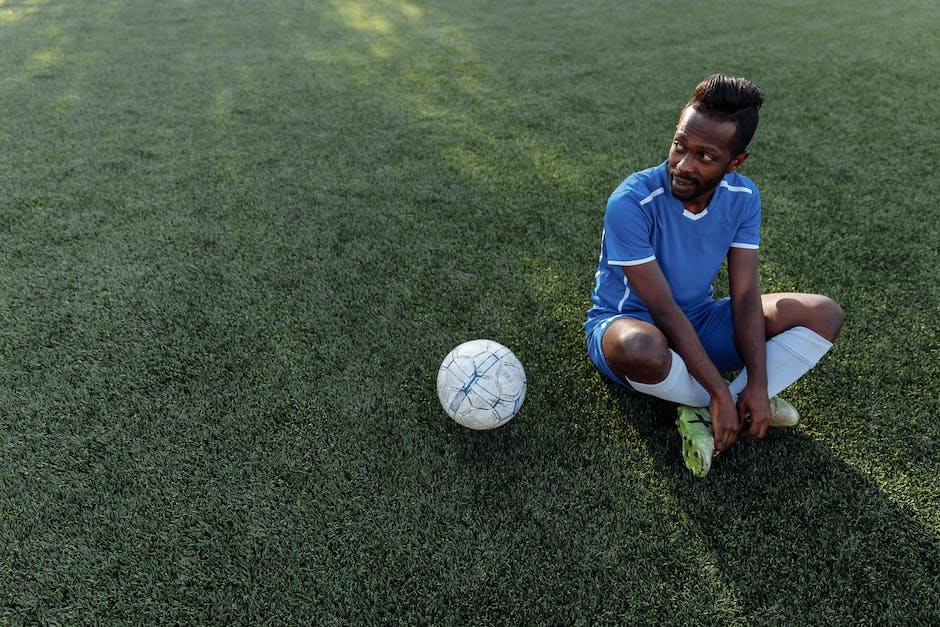
Most players in the United States and most national team coaches in Europe recommend you practice your soccer every day for six hours, every day for six weeks, and then for another six weeks after that. This is how you get the most out of your training sessions and how you maintain your game speed.
However, there are more ways to train than only following the schedule marked on your training gear. There are also more structured workouts and runs you can take during your practice time and after games to make sure you keep the momentum going.
You can also split your practice time into easy, medium, and hard levels to ensure your players are getting different types of practice. Having a mix of methods of training is one of the best ways to maintain their fitness levels after they get out onto the field or in a match.
Training often means doing up to six hours of drills or work on techniques or movements during a session.
Seven times per week
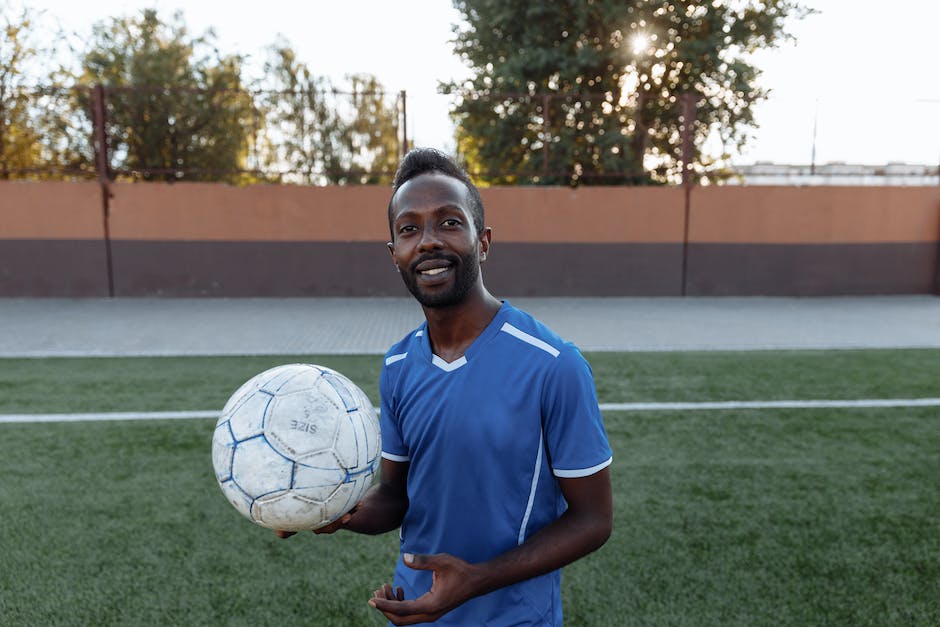
Most players spend five to six hours per day in the practice room or playing games, so it is important that you know how to practice and how to play for a player who is always busy.
There are many ways to practice your game, so don’t feel like you have to be doing everything all the time. Most of the time, it is best to re-train your game on a few different surfaces to see if there are any changes that make a difference.
A full training session can range from 45 minutes to an hour and a half! The best way to do this is to divide the session into three parts. First, take a short break before the next part begins; second, put on your music or radio; and last, get ready for the new part of the session.
During a training session, everyone gets a chance to train their own area but sometimes it can get done through others and yourself does some good. You should always congratulate each other on how we improve our games.
Eight times per week
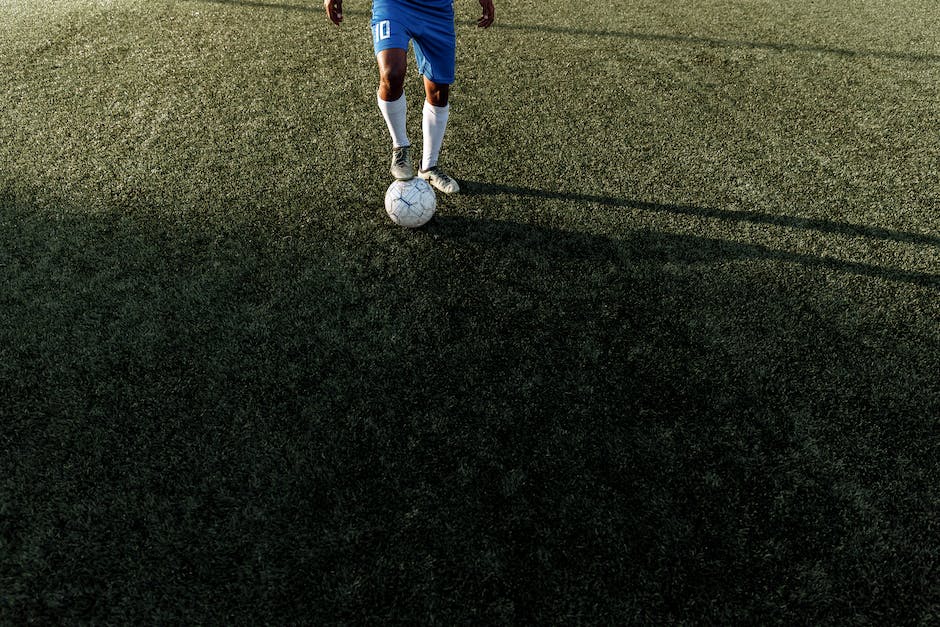
Most players in the world who are active-bodied people should always be practicing or training. This is an important part of how you get better and ready to play.
However, there is a right way and a wrong way to practice and train as a player. The right way to practice and train is every eight days, except for Sunday.
The wrong way to practice and train is weekly, including Sunday. This includes watching videos, doing runs or workouts on the phone, and just getting ready to play or start preparing for coaching.
Every eight-week cycle of training and playing means a total of 18 total sessions (8 games plus 12 rest days). That is two weeks of totally missing the point!
A good rule of thumb is to spend about 80% of your time in practice or training on Monday through Friday, followed by about 20 minutes on Saturday and Sunday.
Nine times per week
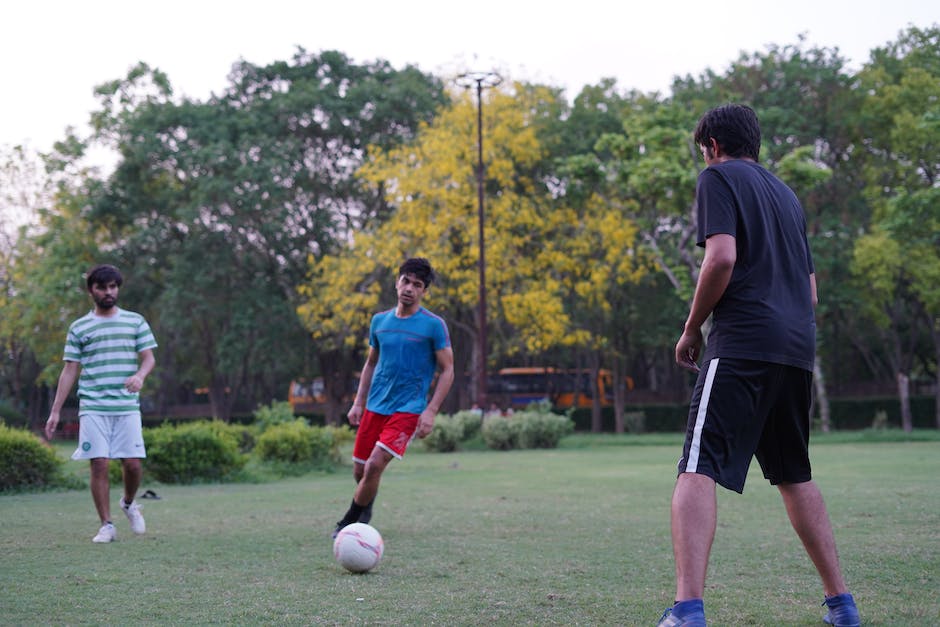
Most players train for a couple of hours each day, but it’s important to spend time in the morning and evening. This is the start of your training week, so make sure to get in some good work.
The average player should spend about an hour and a half per day in training. This includes getting into the exercise zone and working on skills. Many players spend more time just running or doing basic skills like passing or footwork.
RunNING’s philosophy on training is to always be doing new things. This keeps players nervous and excited about practicing, which is better for them. Plus, they feel more productive because they are working on lots of different things at once.
Before you start practicing, make sure you are ready for the next lesson .



